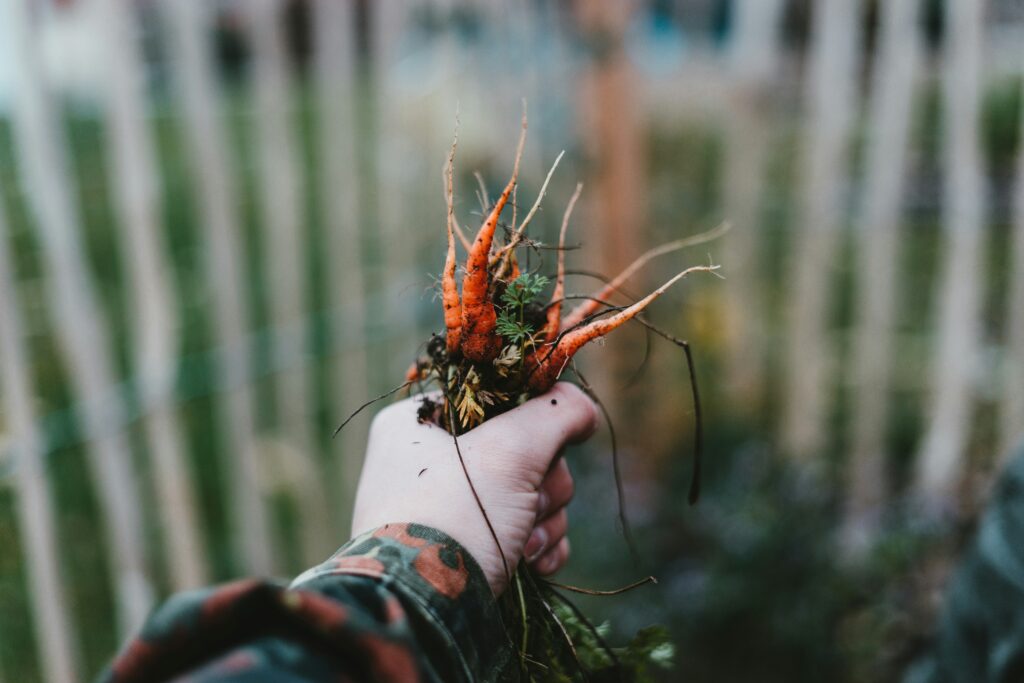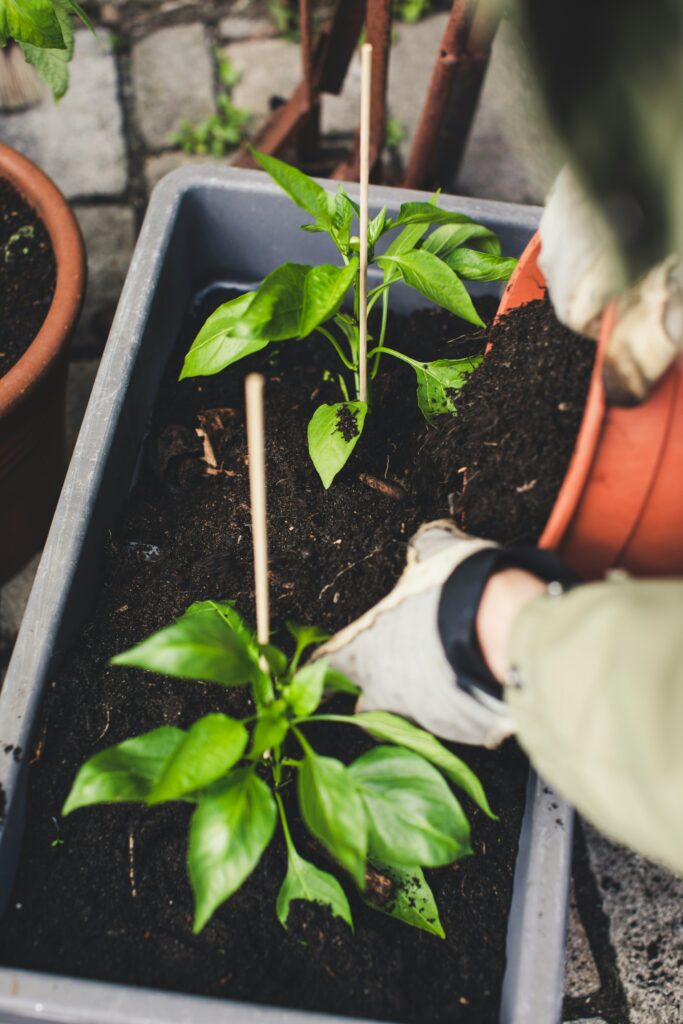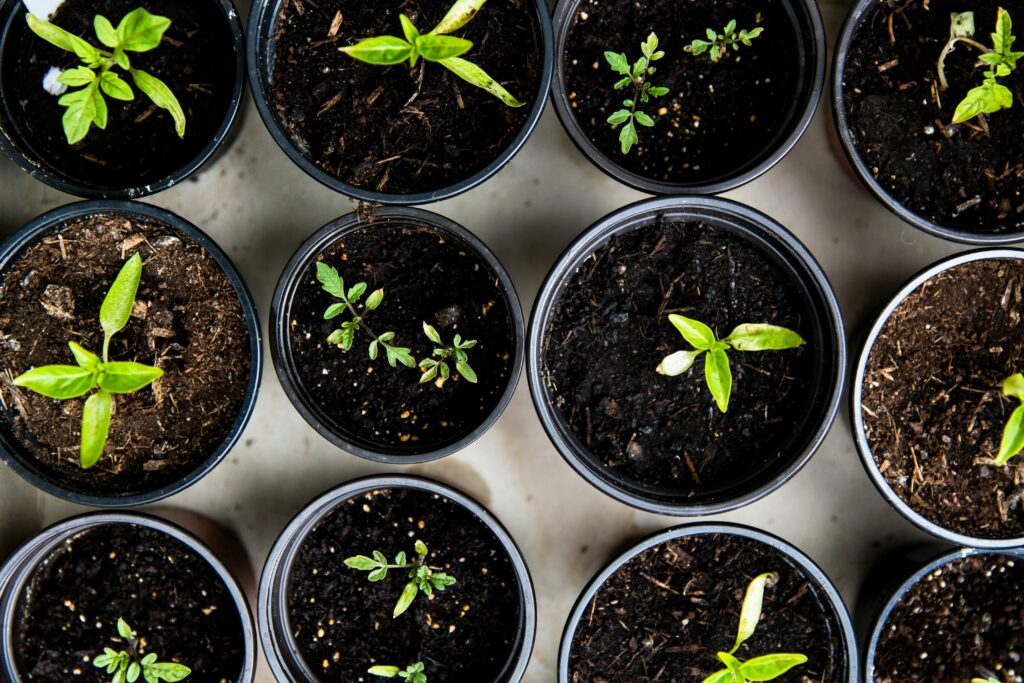In a world where education is often confined to textbooks and screens, gardening offers something refreshingly real. Digging in the dirt, planting seeds, observing bugs, and watching a garden grow aren’t just fun activities, they’re also incredibly educational. When elementary students engage in gardening, they’re not only learning about the natural world, they’re building lifelong habits for mental wellness, physical health, environmental stewardship, and tools for academic success.

🌼 Mental & Physical Benefits: Whole Child Wellness: Gardening naturally encourages movement: digging, carrying water, planting, and pulling weeds are all forms of gentle exercise. These activities build coordination, fine motor skills, and physical endurance in a joyful, low-pressure setting. But beyond the body, gardening nurtures the mind. Studies show that being in nature lowers stress and anxiety, improves mood, and boosts focus—especially for young children. The garden becomes a peaceful space where children can slow down, breathe deeply, and connect to the rhythms of the natural world.

🌿 Learning from Nature: Science in Action Every garden is a living science lab. Through gardening, students explore life cycles, ecosystems, weather patterns, pollination, soil composition, and the role of decomposers. They ask questions like, “Why did this plant wilt?” or “What insects help our garden grow?”—sparking inquiry-based learning. These real-world observations align perfectly with elementary science standards and support critical thinking, hypothesis testing, and problem-solving. Gardening invites kids to observe, wonder, and experiment.

🐛 Ecology & Interconnectedness Children begin to understand that gardens aren’t just about plants, they’re part of an intricate web of life. Bees pollinate flowers, worms aerate the soil, and compost transforms food waste into nutrients. Students gain a deeper appreciation for biodiversity and begin to grasp how human choices impact ecosystems. Through this lens, gardening becomes a foundation for teaching sustainability, environmental responsibility, and climate awareness in age-appropriate ways.
🧡 Honoring Indigenous Peoples’ Principles of Learning Many Indigenous Peoples have long-standing traditions of living with the land. Gardening can provide a powerful opportunity to introduce students to Indigenous People’s worldviews—principles like reciprocity, respect for all beings, and interconnectedness. Teachers might share stories or teachings from local Indigenous Peoples’ communities, acknowledging whose land they are gardening on. This makes room for cultural respect and opens doors for meaningful conversations about colonial history, justice, and stewardship.

📚 Academic Growth Beyond the Garden Bed
The benefits of gardening don’t stop at science. Gardens can be integrated across the curriculum:
- Math: Measuring growth, counting seeds, graphing rainfall.
- Language Arts: Journaling, writing plant care guides, reading nature-themed books.
- Art: Drawing garden maps, pressing flowers, designing garden signs.
- Social Studies: Exploring global farming practices, food systems, and cultural traditions.
This hands-on, interdisciplinary approach keeps learning active, memorable, and relevant, particularly for students who thrive outside traditional classroom structures.

🌻 Planting Seeds for a Brighter Future Gardening with elementary school students is more than a fun outdoor project, it’s a deeply enriching educational experience. It connects children to the Earth, to each other, and to themselves. It teaches patience, curiosity, responsibility, and care. And perhaps most importantly, it plants seeds—literal and metaphorical—that help young learners grow into thoughtful, resilient, and environmentally conscious citizens.
Let’s get our hands dirty, and our minds growing!

